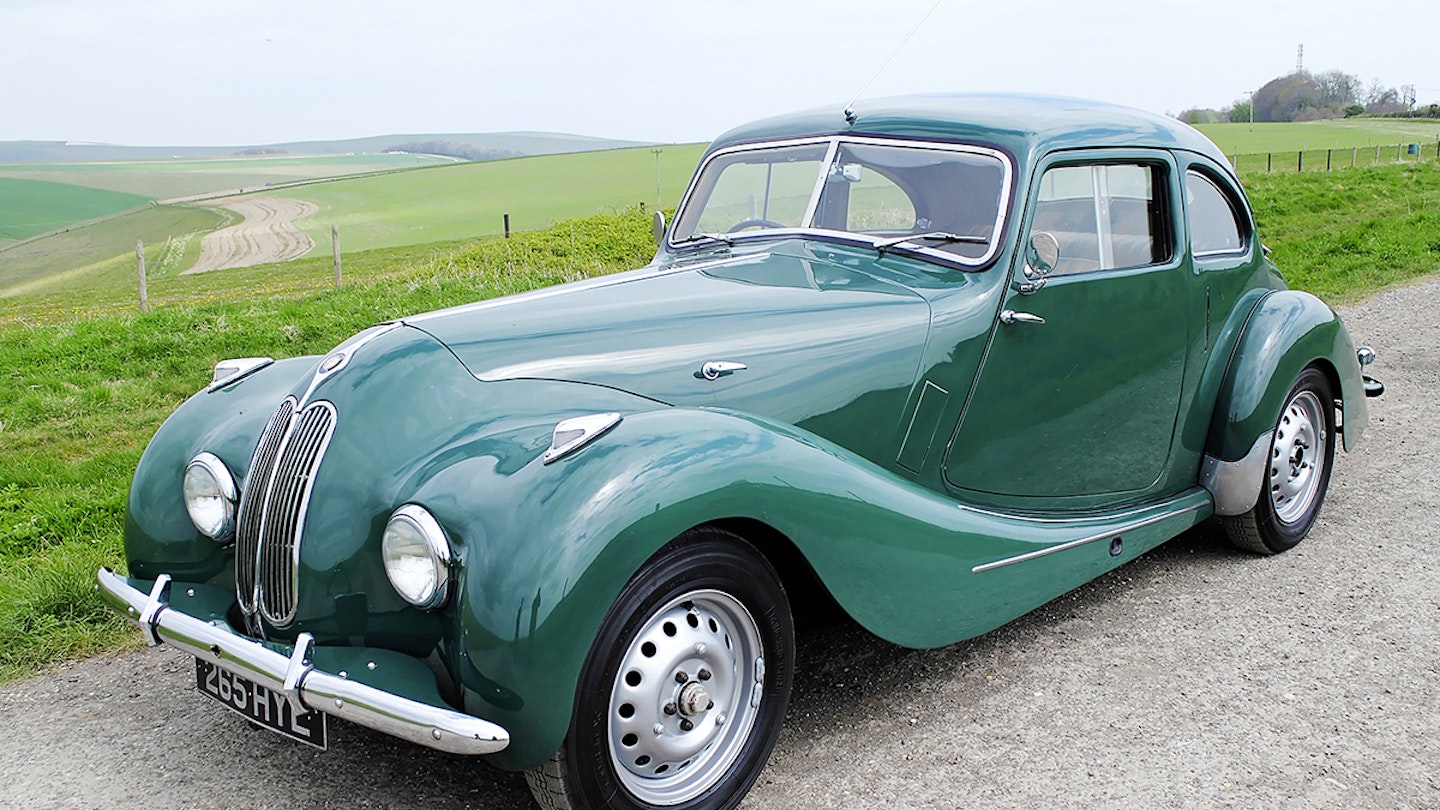This is a rare opportunity to acquire the earliest of Bristols, but as Mike Renaut asks, how well does it justify the money?
With just 487 examples built, it’s unusual for a Bristol 400 to come up for sale, and this one is a lovely example. It boasts a few upgrades that make it better suited to our modern roads, and overall it has the feel of an older restoration.
The body and wings are in decent condition with no obvious damage or corrosion. The panel gaps are extremely good, and all the glass is perfect. Around the front screen some of the trim is tarnished, but otherwise the brightwork is decent. The paint is generally presentable but with overspray on the bonnet seals, some runs on the inside edges of the doors and a few small areas of microblistering.
Modern flashing indicators have been fitted fore and aft, as has a rear fog light. The trafficator arms are present but not connected and the rear brake lights have been replaced by LEDs fitted in the original housings. The wheels are powdercoated and currently have no hubcaps.

The interior is the highlight of the car. The leather seats are in excellent condition, and have probably been recently re-trimmed. Both doorcards are tidy while the carpets remain good overall, although the wooden dashboard is cracked in several places and would benefit from a polish to lessen the small scuffs. The period HMV radio has modern internals, including an MP3 input, and the dials and gauges all function – even though the rev needle bounces around a little under acceleration.
The headlining has some staining around the rear window, but we found no further water damage. The original jack is in the boot – no other tools, sadly.

The engine churns on the starter for a few seconds but soon settles to a steady idle. The gearbox feels stiff – apparently because of the conversion to a Frazer Nash close-ratio competition unit – but once familiar with its narrow gate the all-synchromesh unit is a joy to use, and the J-type overdrive works well, reducing revs by about 800rpm.
Steering is light at speed and admirably precise, while the brakes too are excellent – a result of the upgrade to front discs with four-piston calipers. The superb handling inspires confidence, even on bumpy roads.
A welcome addition is the conversion to an unleaded cylinder head, along with modified combustion chambers with larger 100-series inlet valves, and gas-flowed inlet and exhaust ports. Indicated oil pressure was around 70psi when driving. Some oil seepage is to be expected and what little we spotted wasn’t of great concern.
The engine block has undergone a welded repair at some stage. Electronic ignition and an alternator have also been added, as has a larger brake servo and electric fan. Four Michelin radial tyres and a spare were fitted in 2012.
There’s a decent history file, including the original buff logbook and receipts for many of the upgrades. While the car shows its age in a few places, it certainly drives well. This, and the lovely interior, are the strongest selling points of this rare car.
This Bristol 400 is one of four Ads on Test in the latest issue ofClassic Cars.
Engine 1971cc, six-cylinder, ohv, three Solex 32B1 carburettors Power 85bhp @ 4200rpm Torque 96lb ft @ 3000rpm 0-60mph 18.9sec Top speed 87mph Fuel consumption 26mpg Length 4663mm Width 1646mm
